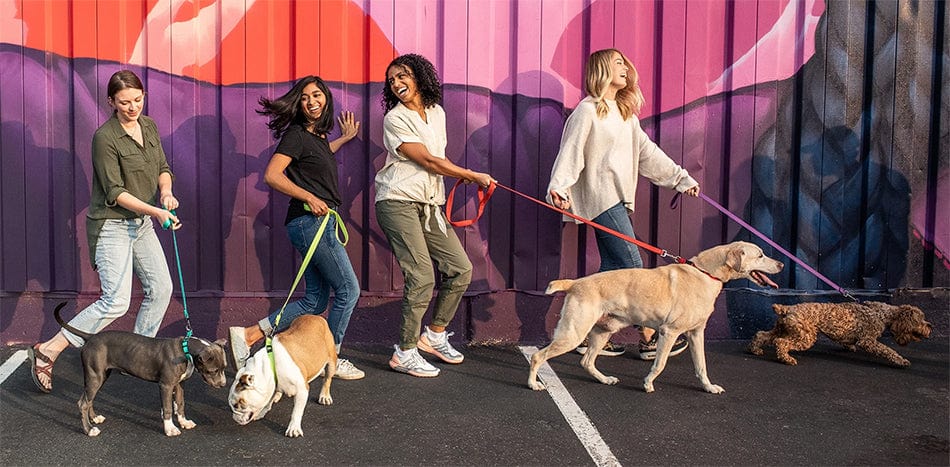Your cart is empty. Let's fix that!


Food aggression is a common form of resource guarding, where dogs become extremely defensive when they’re eating. Dogs will often use threats like growling to scare others away from their food. This type of aggression is found in 20% of pups, and can be directed towards other animals, humans, or both. The term “aggression” can be misleading, because many people assume it is linked to dominance. However, your dog is simply protecting what is important to them.
There are three varying degrees of food aggression:
While some dogs eat quickly because they simply love food, others do it because they are afraid someone will take their food away. When dogs with food aggression eat, their body will be very stiff, and they may keep their head down. This is a way of using body language to “hover” over the meal and protect it.
Also be on lookout for visible whites of your dog’s eyes, low tails, or raised fur on their back. Fido may also growl or bite if they are approached when eating.
First, assess how your dog is behaving overall. Are they only guarding their food? Or are they also protective over toys, resting spots, or even members of your household? If the behavior extends beyond food, chances are they are exhibiting general resource guarding.
You will also need to understand their personality type. If your dog is naturally dominant, you will need to assert yourself as the alpha of the pack. If they are timid and submissive, you will need to gently build up their confidence to turn eating into a paws-itive experience.
Sometimes, food aggression comes from your dog not knowing when or where their next meal will come from. By feeding them at consistent times every day, this can put some of their anxiety at ease.
In the wild, alpha dogs eat first after a big hunt. In your home, never feed your dog before or at the same time humans are eating. They should always be fed after.
Always feed your dog after their walk. This physical activity meets their instinct to hunt for food, so they will feel like they’ve earned their meal when you return from the walk. You can also try instructing your dog to sit or stay outside the room while you prepare their food, and make them wait until you set down their bowl before you let them near the food. As with any form of behavioral training, rewarding your fur baby with treats work wonders!
To help avoid food aggression towards other dogs, you should always provide different food bowls for different pets, especially when new pets are introduced to the household. It’s also a good idea to feed your dogs in different areas of your home if they are experiencing food aggression. Ensure your dogs are eating the best food for them, and consider changing up their food if you worry they aren’t getting the nutrition they need.